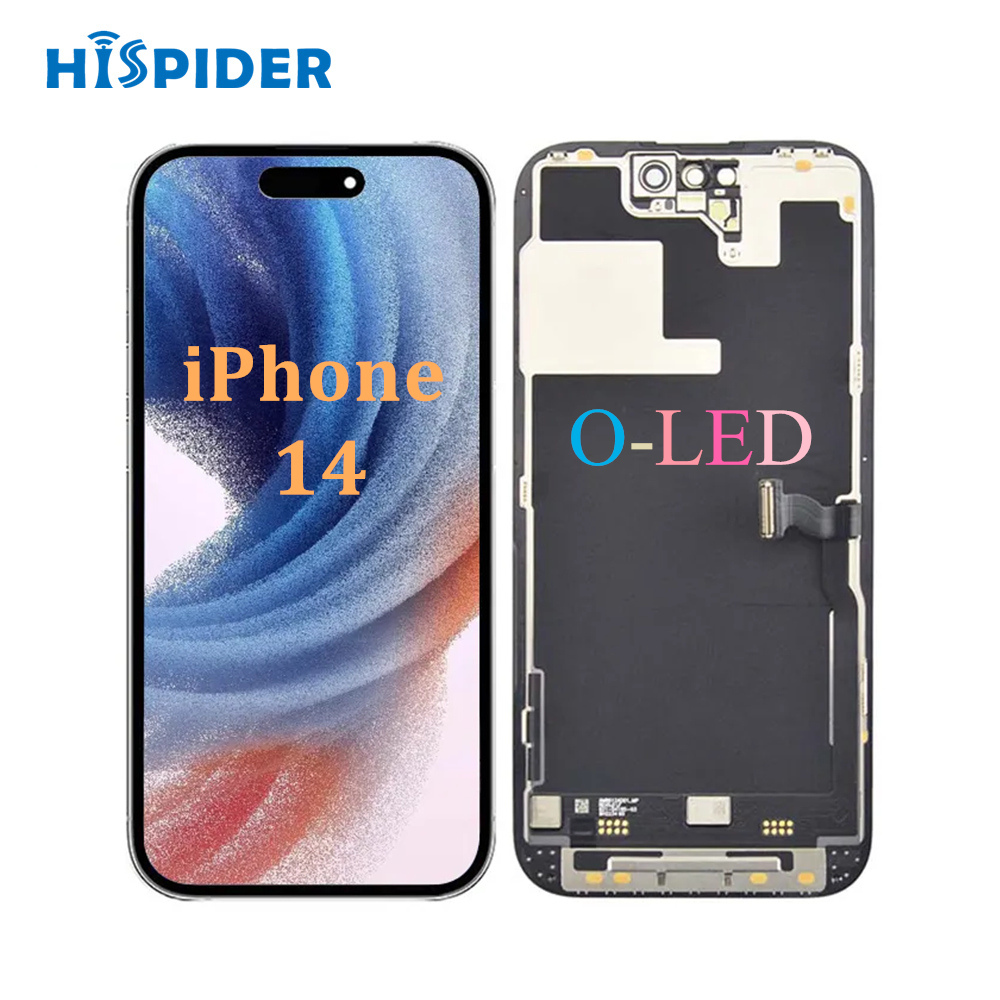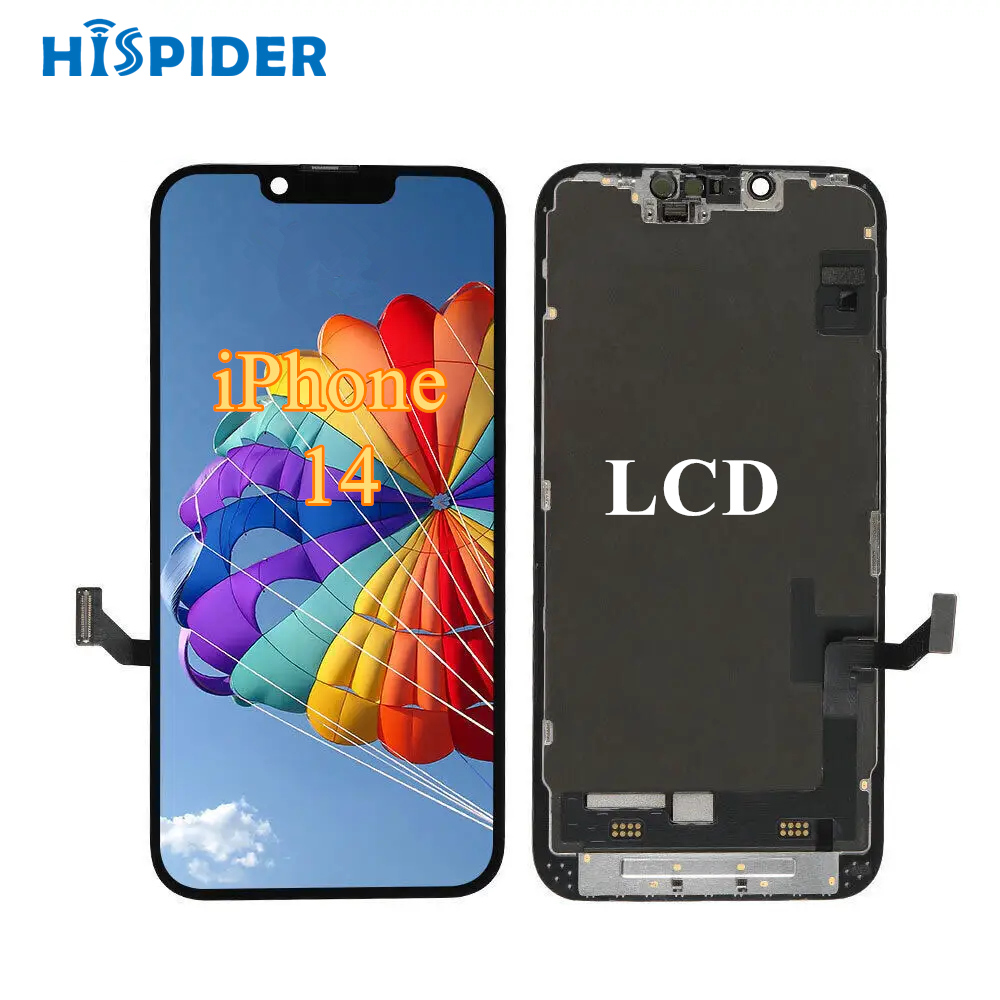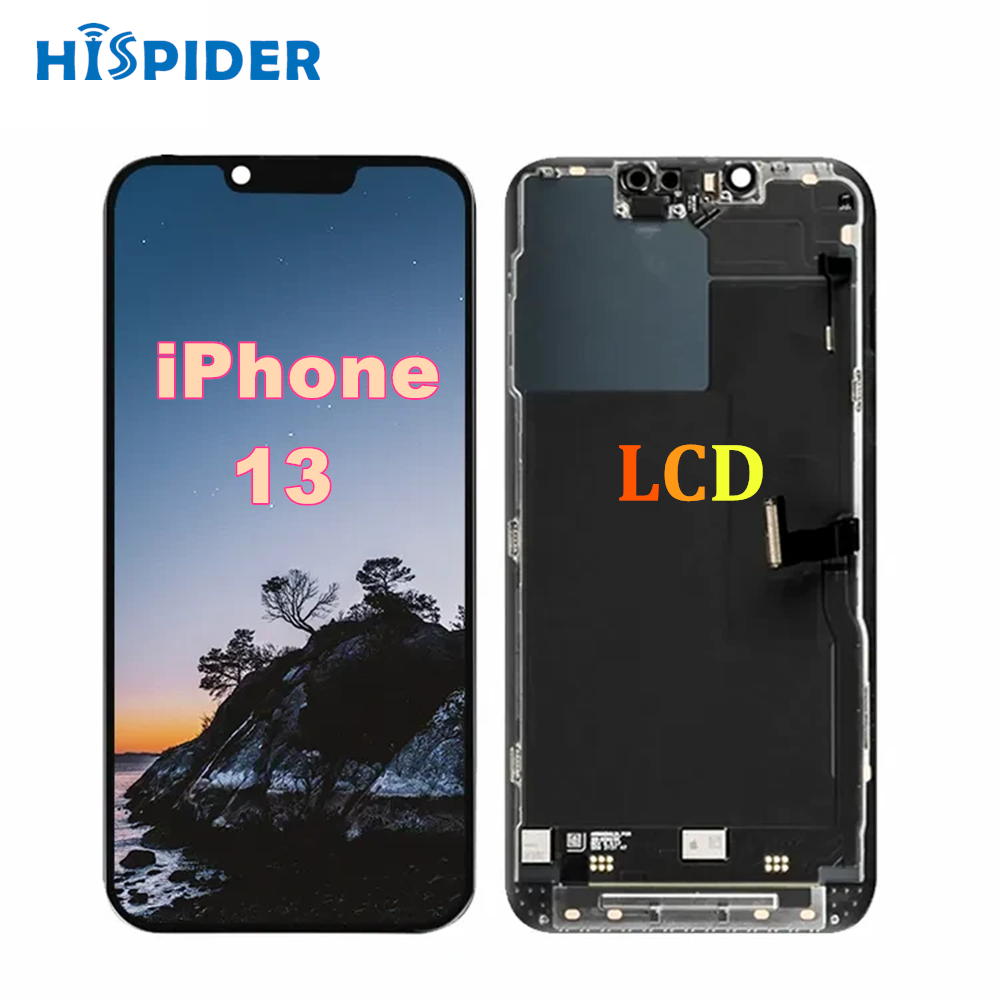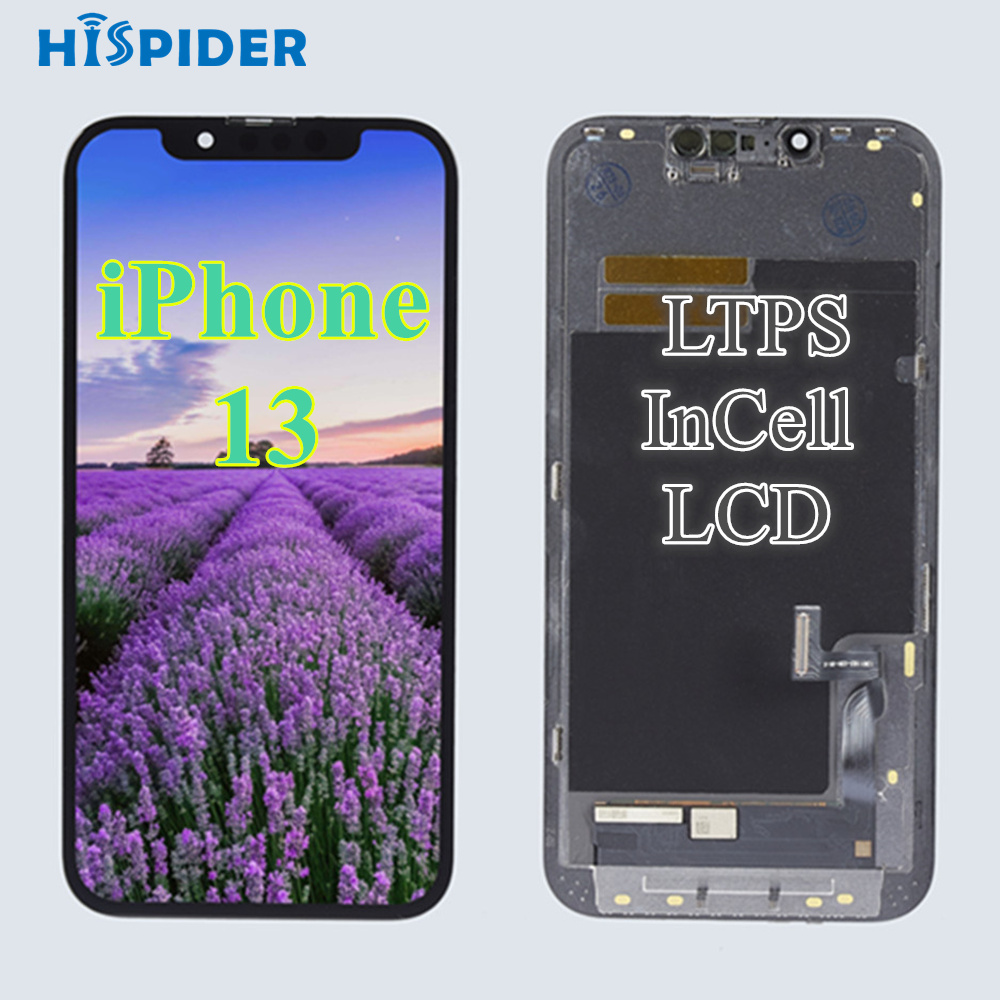Hispider tells you the evolution of mobile phone screens
Screen material
From black and white screen to color screen, and then to LCD and OLED, mobile phone screen materials continue to innovate, bringing a better screen experience.
When it comes to black and white screens, it is easy to think of mobile phones, whose screens can only display black and white text information, meeting the most basic communication needs at that time. Later, color screens came out and gradually replaced black and white screens. Color screen can not only display black and white text information, but also display color image information, MMS function is the best application of color screen at that time.

Nowadays, LCD and OLED are the two mainstream screen materials, of which OLED branch AMOLED has developed to the third generation. Compared with thick LCD screens with a loss of brightness and color, AMOLED screens are thinner and bendable, while displaying a wider color gamut, gorgeous colors, and lower power consumption. Based on the above characteristics of the AMOLED screen, the mobile phone equipped with the AMOLED screen is lighter, the body is thinner, the use of the feel is greatly improved, and the display effect is more colorful.
In recent years, more and more mobile phone manufacturers will AMOLED screen as the first choice for high-end mobile phones. It can be seen that AMOLED will be an important trend in the future development of mobile phone screens.
Screen size
The material of the screen determines the basic characteristics, and the size of the screen affects the sensory experience. Phone screen sizes went from 2.4 inches to 3.5 inches, then 4.0 inches, 5.0 inches, and 6.0 inches. The larger and larger mobile phone screen and the higher and higher screen proportion bring a clearer display effect and a more shocking visual experience.
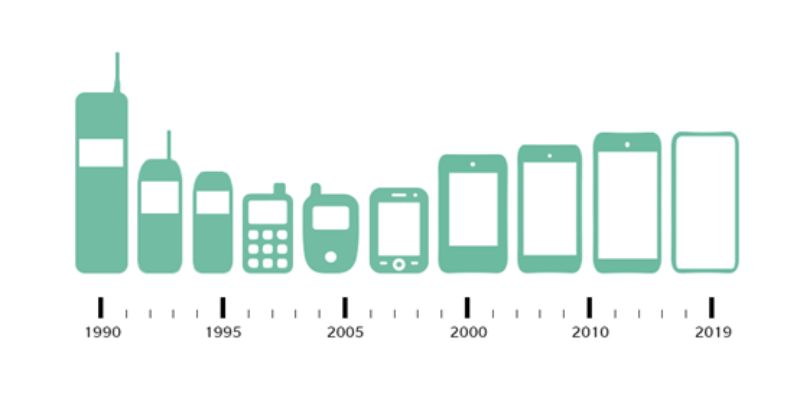
In 2006, Nokia's most popular phone had a 2.4-inch screen, while the iPhone had a 3.5-inch screen. It was a full-screen phone at the time. Jobs has said that 3.5 inches is the best screen size. However, today's mobile phone screen size is getting larger and larger, the screen proportion is getting higher and higher, for the screen size, the industry and consumers have not been unified standards, mobile phone screen size is appropriate to decide according to their own circumstances. Consumers also have a self-perception of the size of the phone, more than 7 inches, one-hand operation is difficult; Under 5 inches, the viewing experience is not good; A 6 - to 7-inch screen is the best to hold and see.
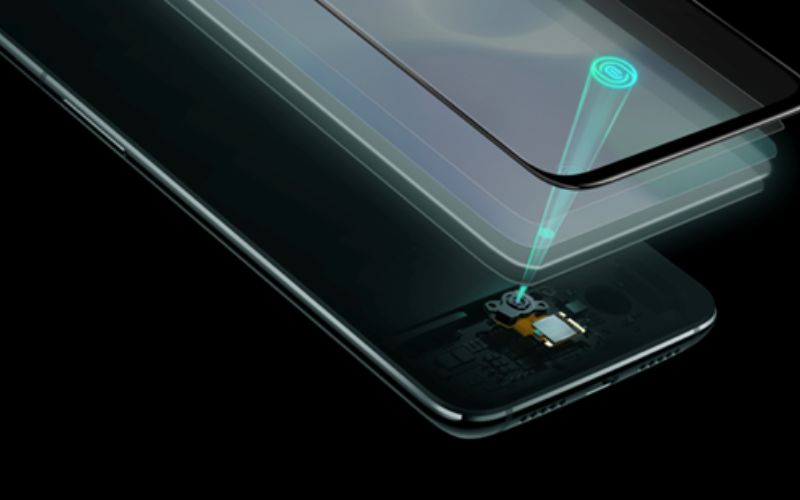
Nowadays, mobile phone is not a simple communication tool, but a smart terminal device integrating social networking, media and entertainment. With the advent of new technologies such as full-screen and under-screen fingerprinting, phones can have larger screens and higher screen proportions while remaining the same size. Whether it is a visual experience or touch interaction, the clearer screen display and the nearly boundless comprehensive screen can give consumers a more shocking and immersive visual experience.
Screen resolution
Screen size is not necessarily the bigger the better, resolution is also a factor in determining the look and feel of the experience. From 88*72 to 240 x 320, to 720P, 1080P, and even the much-discussed 2K, 4K. The increasing screen resolution not only brings a clearer display, but also provides a more delicate picture.
When we talk about screen resolution, we have to mention pixel density (PPI). In the case of limited screens, high-resolution screens usually show more excellent display effects, thanks to the improvement of PPI. At present, the high-quality mobile phone screens in the industry are more than 400 PPI, and the PPI of OnePlus 6 and OnePlus 6T are 401 and 402, respectively, which are among the mainstream.
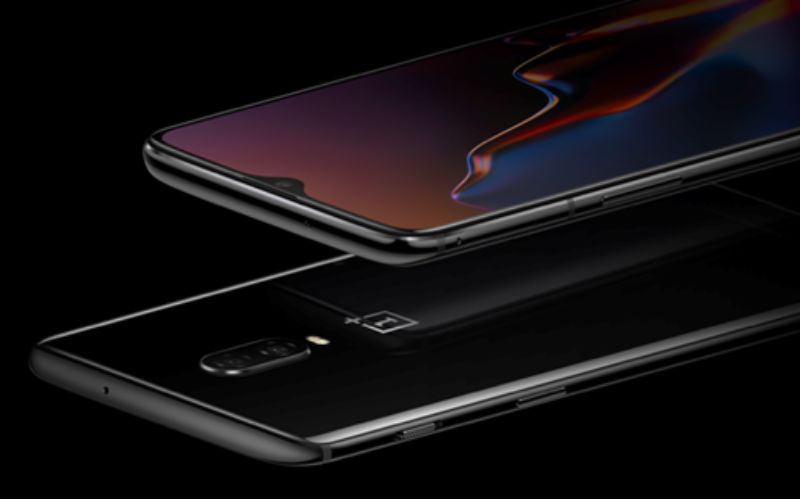
The screen resolution is constantly evolving, and the most intuitive change to consumers is the visual details. The higher the resolution of the screen, the clearer the image will be. In daily use, especially when viewing enlarged pictures and watching ultra-HD videos, users will see a clearer picture and more delicate image details.
At this stage, the screen resolution of mobile phones is mostly concentrated in 1080P, and there is a great momentum toward 2K or even 4K. It is no exaggeration to say that the resolution of mobile phones in the future will be higher and higher, and ultra-high-definition film and television images are essential applications for users.
Display gamut
If the screen material, size and resolution determine the experience, then the color gamut gives wings to the experience. In the era of black and white screen, mobile phones only display black and white, and we can only see monotonous text; Entering the era of color screens, mobile phones can display colorful images, and you can feel the colorful world through the screen. Today, the color screen can not only display richer content, but also introduce more gamut standards, the display of mobile phone screen color is more and more rich, more and more accurate, the display of color gamut is more and more wide, bringing a richer color effect and more clear and delicate picture quality.
Color gamut is a method of coding a color, also refers to the sum of the colors that a technical system can produce, the International Lighting Commission defines a color gamut standard for the range of colors seen by the human eye. Common color gamuts are NTSC, sRGB, and Adobe RGB. It is generally believed that 72%NTSC≈100%sRGB, and more than 80% of NTSC can be understood as more than 100%sRGB. Common mobile phone screen color gamut has sRGB and NTSC, close to the full sRGB color gamut screen display effect is more natural, 92%NTSC mobile phone screen is a wide color gamut. DisplayMate is an international authoritative screen testing agency that tests and gives ratings to mobile phone screens. At present, the highest rating is A+, but only a handful of mobile phones have this rating. A+ means that the phone's screen is currently the market leader in display gamut, color level and color range, and the upcoming OnePlus 7 Pro has just received an A+ certification.
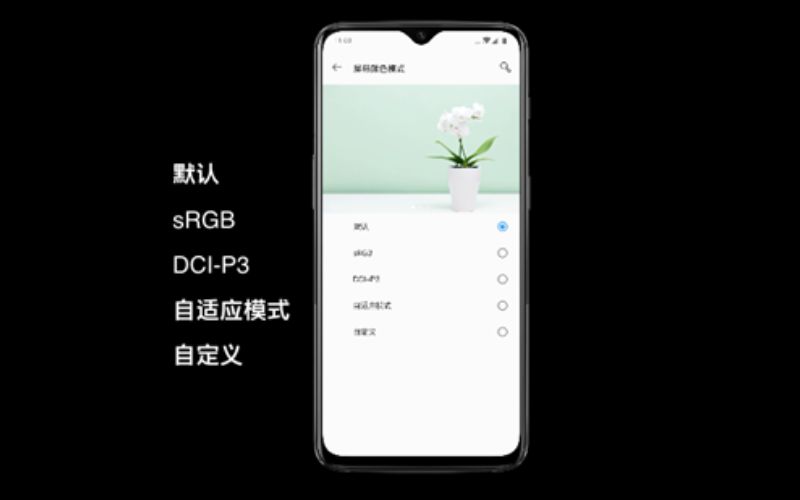
In addition, based on the broader color gamut display support, AMOLED supports a variety of color display modes for consumers to choose from. OnePlus 6T built-in a variety of screen color display mode, on the basis of the default display, provide sRGB, DCI-P3, adaptive, custom and other color modes, to bring consumers the most suitable for personal visual experience.


